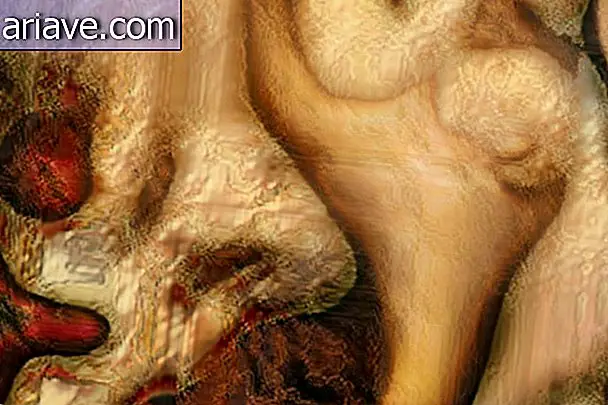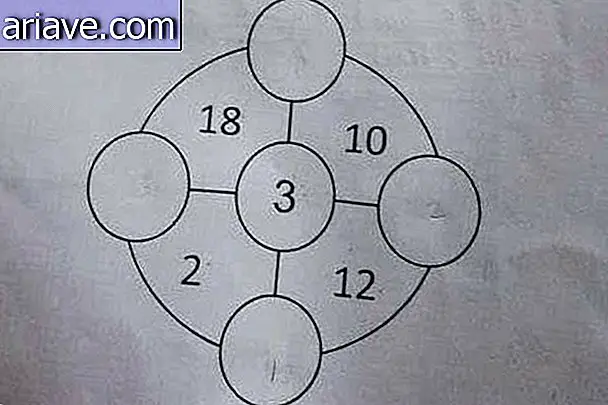Giant atrium: the case of the man whose heart occupies more than 80% of the chest
When we say that someone has a big heart, it usually means that the person in question is generous, caring, loving. In the case of a 57-year-old man who recently went to the doctor after realizing that his extremities were getting swollen, the big heart is really literal.
Clinical examinations revealed that the patient has a much larger heart than normal and, according to the chart described in Live Science, the difference is in the size of the right atrium of the man's heart, which was called "giant" by the team. doctor.
One of the most surprising assessments is the thoracic index, which measures the width of the heart and the proportion the organ occupies in the patient's body. In this man's case, this index is 0.82, which means that his heart is 82% of the width of the entire chest - a normal cardiothoracic index is usually less than 0.5, indicating that the heart should occupy less 50% of chest width.
Functions

Because of this, it is quite rare to find a person with such a big heart. The right atrium has the function of receiving the blood that circulated throughout the body, and from there, this same blood is pumped to the lower layer of the heart, called the right ventricle. After passing through the ventricle, this blood is pumped into the lungs, which receive oxygen.
According to cardiologist Dr. David Majdalany, this type of atrial enlargement can be caused by other health conditions. When a person has too much blood flow to the right atrium, this excess can cause the organ to grow larger so that it can handle the extra volume. Some cases of hypertension can also cause this growth.
In cases of enlargement of the right atrium due to high pressure, blood does not flow through the heart optimally, and this can lead to swollen extremities, as well as the patient being examined, as circulation is compromised. .
Hazards and Treatment

This type of circulatory problem can form clots that, if they travel to the lungs or brain, for example, can cause strokes or embolisms.
Treatments for patients with large hearts depend on the symptoms presented and the causes of the problem. In cases of excess blood pumped to a particular atrium, the heart valve can be repaired and blood flow readjusted. Now, if the condition is caused by a dysfunction of the heart rhythm, the ideal is for the patient to undergo a process called “ablation” or to undergo atrial reduction surgery.
In the case of this particular man, the treatment did not need to be performed with surgical procedures, but rather with the continued use of anticoagulants so that clots are not formed. Since you started treatment, he's been fine.











